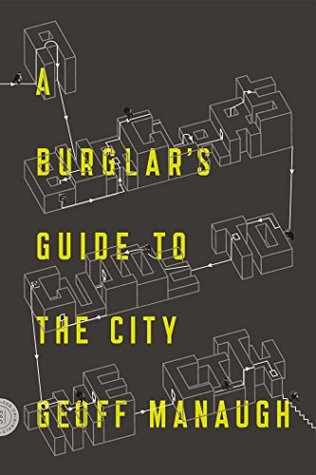More on this book
Community
Kindle Notes & Highlights
As the FBI defines it, burglary is “the unlawful entry of a structure to commit a felony or theft.” Burglary is thus an explicitly spatial crime: it requires a perpetrator to enter an architectural structure illegally, thus differentiating burglary from mere theft, pickpocketing, or robbery. Sensing there might still be some potential confusion here, the FBI quickly adds that their own “definition of ‘structure’ includes apartment, barn, house trailer or houseboat when used as a permanent dwelling, office, railroad car (but not automobile), stable, and vessel (i.e., ship).” So much for the
...more
This not only reveals the fluidity of the concept of a city—where a suburban landscape on a large enough scale becomes urban—it also suggests that cities of this type require a different sort of policing, and that they produce different sorts of crime.
For example, the impenetrable, fingerprint-like density of London has, in part, helped to encourage the near-infinite proliferation of street-level surveillance cameras, whereas the wide-open sprawl of Greater Los Angeles has led to NASA-sanctioned police-helicopter patrols. These distinctive forms of policing, in turn, affect the kinds of crimes that are committed in each city.
Even after they accidentally tripped an alarm deeper in the building, the police didn’t hear anything about it because the security company hired to watch the building’s CCTV monitors was based in Texas. By the time they noticed what was happening and had made the right calls to the local business owners and then to the LAPD, nearly half an hour had gone by, giving the burglars ample time to escape.
England is hardly a global hot spot for rationally gridded, car-centric towns, yet it boasts the highest rate of burglary in the entire European Union.
Apparently so many people now leave the Hamptons for Europe each season that “whole neighborhoods are on timers.”


